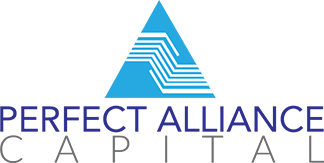The healthcare industry is one of the few with many expenses that continues to provide much needed services to their clients, regardless of whether or not patients can pay their bills in full and on time. The downside to this is that many medical facilities struggle with the huge strain on cash flow due to outstanding patient balances. In order to alleviate this problem, and ensure an increase in revenue, many medical practices are turning to patient financing.
Background on the Patient Financing Model
Patient financing takes a number of cues from automotive dealerships and big box stores which have been offer customer financing for decades. This type of financing takes a large bill and spreads the cost (plus interest) over monthly installments, making payment more manageable to customers – or in this case, patients. The reason many patients do not pay their medical bills is because the upfront cost is deleterious to the amount of money they have on hand, or in savings. This causes large bills to drop in their personal expense hierarchy, while expenses such as rent, car payments, and utilities stay at the forefront. This leads to friendly reminders about outstanding balances, the eventual involvement of collection agencies, and negatively impacted credit.
How Patient Financing Works
Patient financing is arranged through a commercial finance company, and acts as a line of credit based on each patient’s individual credit score. This determines how much each monthly payment is, and how long they have to pay off the bill completely. When a patient applies for financing, a phone call is placed from the medical facility to the company handling the financing. The financing company will then run a credit check on the patient to figure out the dollar amounts, and return with an approval or a denial on the application. The entire process takes only a few minutes, and the call can be made while the patients are in the waiting room, or as they are being discharged from the facility. The financing company will also take care of tracking the amounts owed on each account, send out friendly reminders, and accept payment from patients – which ultimately streamlines the accounting process for the medical facility.
Removing the Strain on Cash Flow
By implementing patient financing, payments will come in on a monthly basis. While patients will not be paying their bills in full, a larger volume of revenue will come into the medical facility (as opposed to non-paying patients), which means expenses can be covered, and there will no longer be the need to take on debt in the form of traditional bank loans to keep the medical facility operational. Patient financing is a great way to also build good will with patients as the “wallet-friendly” medical center.

